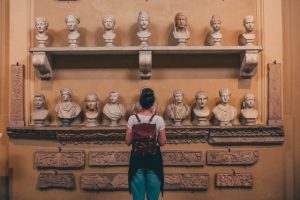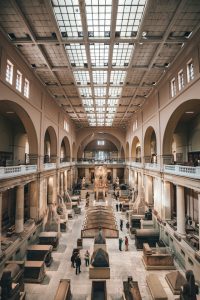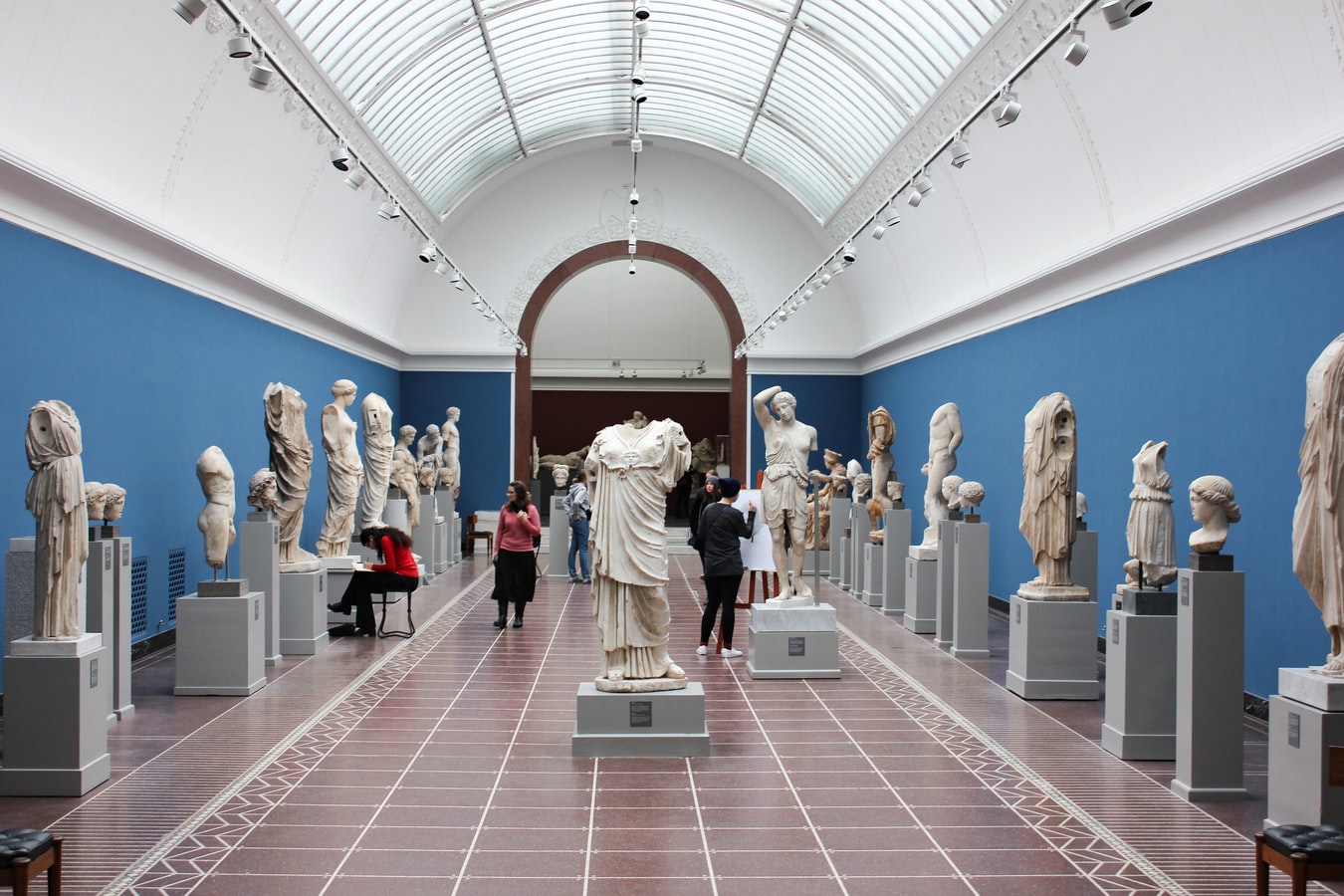Despite their significance in the matters of history and the politics, economy, religion, and art of the past, museums are often seen as little more than buildings with mildly interesting information. However, any history buff can advocate for the museums’ integral role in our education.
A Few Facts

Let us start by exploring what it is that the museums provide us with. By a wide margin, museums are much more trustworthy than books or lectures when it comes to providing accurate information about a person, society, or a time period. In fact, it is the mere visit to a museum that inspires many a student to develop empathy towards history and to become more interested in what happened in the past, especially if the said student comes from a rural area and/or doesn’t have the same access to education as some of their more affluent peers.
Museums often cooperate with schools and universities by organizing trips and tours in which they supplement the curriculum quite efficiently. Curators and tour guides are there to assist students and to answer any questions they might have and to provide them with a few interesting facts and bits of trivia. The goal here is to inspire and engage the new generation of archeologists, historians, and experts.
Museum Education

There is a field of education specifically called museum education. Its role is to entice the students into learning by introducing them to a non-formal educational space.
Outside of the classroom, students are already ‘woken up’ from their slumber of jotting down facts and figures and repeating them obediently. One could argue that the point of the museums is to provide the general public with education, regardless of one’s field of education or age.
Interestingly enough, it was at the beginning of the 20th century that the American public got access to many museums and galleries, but they were unable to fully appreciate what was presented to them without proper guidance. In 1906, Randolph Coolidge Jr. tried to remedy this while working as the director of the Boston Museum of Fine Arts. He came up with a few ideas that helped bridge the gap between the visitors and the exhibitions.
Why Not Just Read a Book or Paper?
Studying hours on end in dusty libraries or online is still very much the norm when it comes to formal education. However, one thing I have found some students often struggle with is the sheer abundance of information and their inability to distinguish between events that are relevant and those that are not. Because of this, they often forget some of the very important notes about the lives of rulers and their subjects.
Visiting specific museums provides a person with experience. This experience is likely to leave a much stronger impression than simple reading, especially when you see the garments, statues, monuments, portraits, and other items for yourself, rather than an illustration in a book. Yes, reading and studying will not be replaced, nor should they be. However, education is enriched by museums and their exhibits and we need to recognize that.

